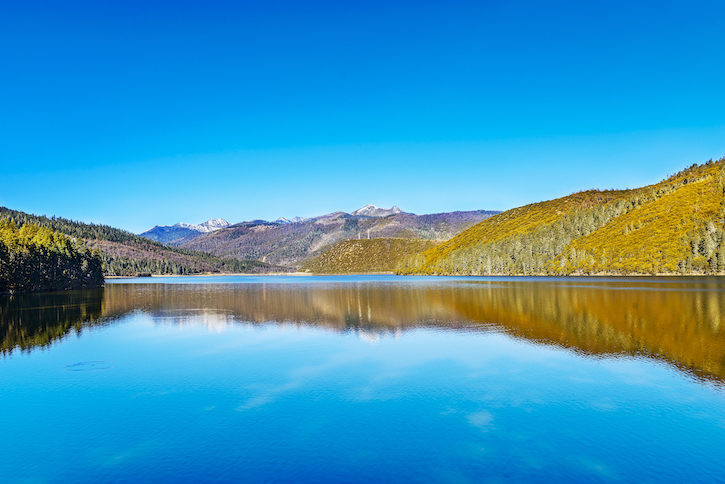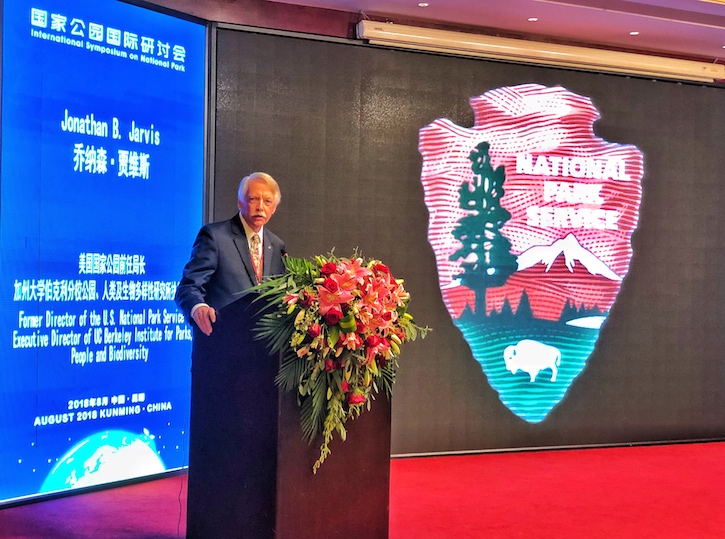
By Jonathan Jarvis
In 1996 I traveled to the People’s Republic of China in a small delegation from the US National Park Service to exchange ideas with managers of China’s protected areas. We visited amazing places such as the Badaling section of the Great Wall, the Li River and Huangshan. The beauty and complexity of China’s natural and cultural resources made a deep impression. At the same time, I also noticed the lack of a professional park service to ensure these priceless places were truly “protected” in a consistent manner.
At the behest of Paulson Institute, I returned to China this August, 22 years later, to participate in the International Symposium on National Parks. I was excited to learn that the State Council had announced the establishment of a National Parks Management Office within the National Forestry and Grassland Administration in March this year. President Xi has indicated that a system of national parks is a key component to his vision of “eco-civilization” and to national pride in “Beautiful China.”

While China has some 2800 “protected areas,” some of which will be designated as national parks, this is the first national government initiative to create both a system and a service to ensure some consistency in the conservation and governance of national parks. Having served in the US National Park Service for 40 years and as the National Director from 2009 to 2017, I can attest to the benefits of a system of national parks that is governed by a body of laws and regulations and administered by well-trained professionals.
At the Symposium in Kunming, I shared the U.S. experience through our laws, regulations and policies and gave examples of major ecological restoration projects over my career. Over the course of two days of presentations by representatives from both national and provincial officials and prominent academics, it was clear that this national park effort is a serious and high priority for China. There was a great deal of discussion around issues of park planning, classification against the International Union for Conservation of Nature categories, priorities of conservation and science, and the definition of a national park with “Chinese characteristics.”
While the US can lay claim to the idea of national parks and creating the first one at Yellowstone in 1872, the concept has been appropriately adjusted and modified to meet each country’s culture, history, and traditions as it has spread around the world. It is appropriate that China figures out how to adapt the national park idea to its own rich history and its plans for the future. The U.S. model has been adjusted through 100 years of learning, and those experiences can help China realize its goal of a complete National Park system by 2030. As the Executive Director for the Institute for Parks, People and Biodiversity at the University of California, Berkeley, we stand ready to assist China and Paulson Institute in this important endeavor, providing insight into common challenges to parks around the world, sharing innovative solutions and helping to train future park leaders.
Jonathan B. Jarvis is Executive Director of the Institute for Parks, People and Biodiversity at University of California, Berkeley.




